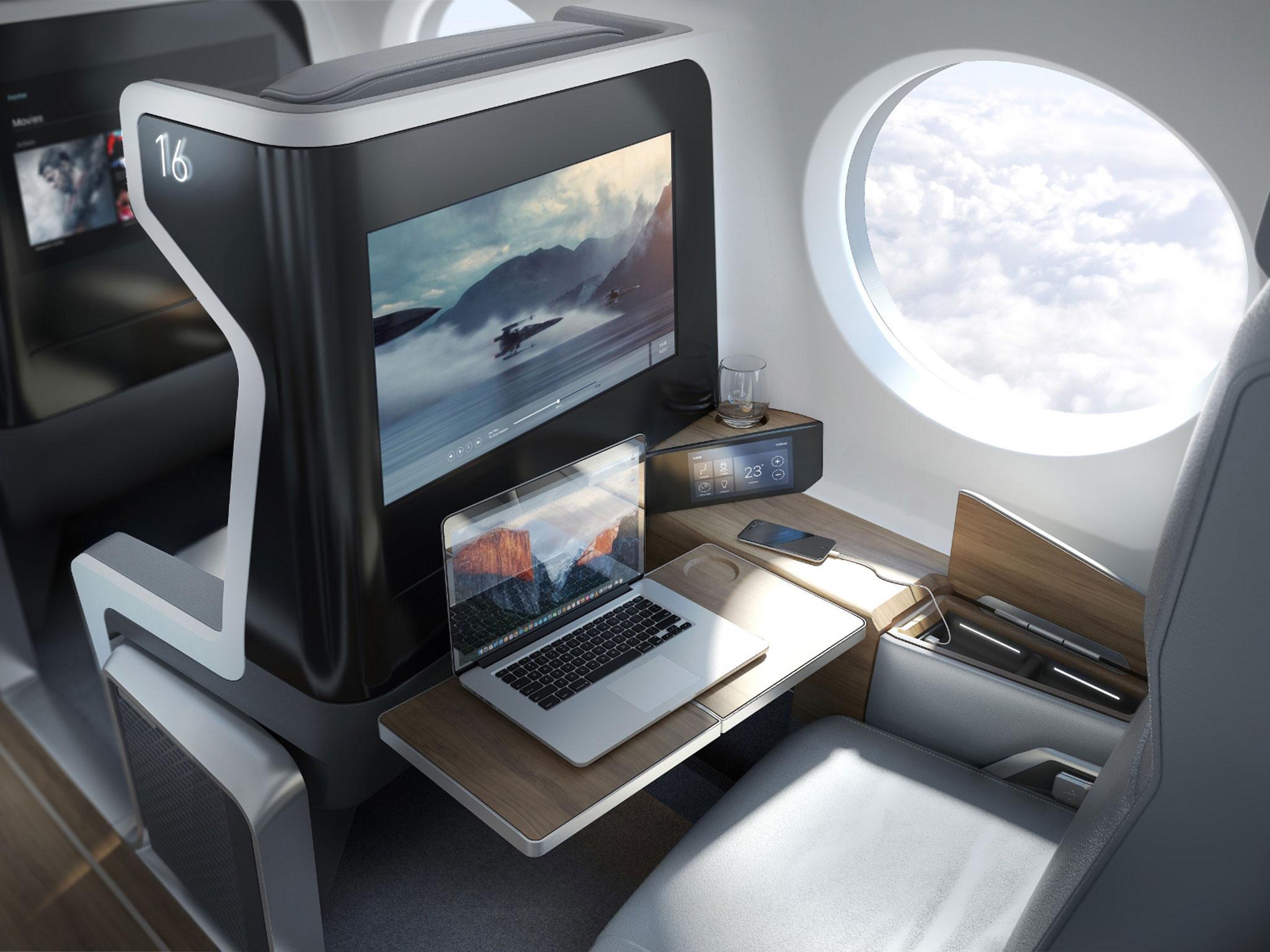New supersonic jet faster than Concorde unveiled
Nicknamed ‘Baby Boom’, the new aircraft can fly between London and New York in just over three hours
Your support helps us to tell the story
From reproductive rights to climate change to Big Tech, The Independent is on the ground when the story is developing. Whether it's investigating the financials of Elon Musk's pro-Trump PAC or producing our latest documentary, 'The A Word', which shines a light on the American women fighting for reproductive rights, we know how important it is to parse out the facts from the messaging.
At such a critical moment in US history, we need reporters on the ground. Your donation allows us to keep sending journalists to speak to both sides of the story.
The Independent is trusted by Americans across the entire political spectrum. And unlike many other quality news outlets, we choose not to lock Americans out of our reporting and analysis with paywalls. We believe quality journalism should be available to everyone, paid for by those who can afford it.
Your support makes all the difference.Sir Richard Branson has unveiled the prototype for a new supersonic aircraft that promises to halve air travel times and send passengers between London and New York in three hours and 15 minutes.
The XB-1 has been nicknamed “Baby Boom” and is claimed to be the world’s fastest civil aircraft ever made and promises to give passengers “affordable” supersonic travel. While the first commercial flight is not expected until 2023, the price of a flight between London and New York is currently set at £2,500 each way.
The new aircraft has a cruising speed of Mach 2.2 or 1,451mph, which is 10 per cent faster than Concorde’s speed of Mach 2 (the speed of sound is measured as Mach 1) and 2.6 times faster than other airliners. The new planes are set to carry 40 passengers at a time.
“I have long been passionate about aerospace innovation and the development of high-speed commercial flights,” the Virgin founder said. “As an innovator in the space, Virgin Galactic’s decision to work with Boom was an easy one. We’re excited to have an option on Boom’s first 10 airframes.”
Despite other aerospace companies such as Boeing and Lockheed Martin developing their own supersonic spacecraft, Virgin and Boom are hoping to beat the competition to market as the aircraft uses existing technology that has already been approved by regulators.

Boom’s development of the new aircraft has been done in partnership with Sir Richard’s Spaceship Company, which is attached to Virgin Galactic. The company will provide engineering and manufacturing services to Boom, in addition to test flight support and operations, and Sir Richard has signed an option to buy the first 10 airframes.
Ahead of the unveiling, Blake Scholl, CEO and founder of start-up Boom, said: "60 years after the dawn of the jet age, we're still flying at 1960s speeds.
"Concorde's designers didn't have the technology for affordable supersonic travel, but now we do,” he said, adding that the company is looking forward to the first Boom flight late next year.
The subsonic test flight of the XB-1 will take place east of Denver, Colorado, while the supersonic test flights will take place near Edwards Air Force Base in Southern California.

Join our commenting forum
Join thought-provoking conversations, follow other Independent readers and see their replies
Comments